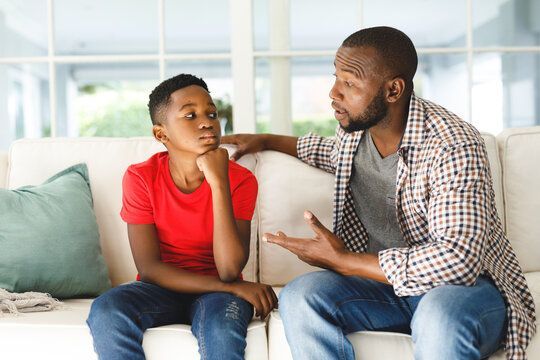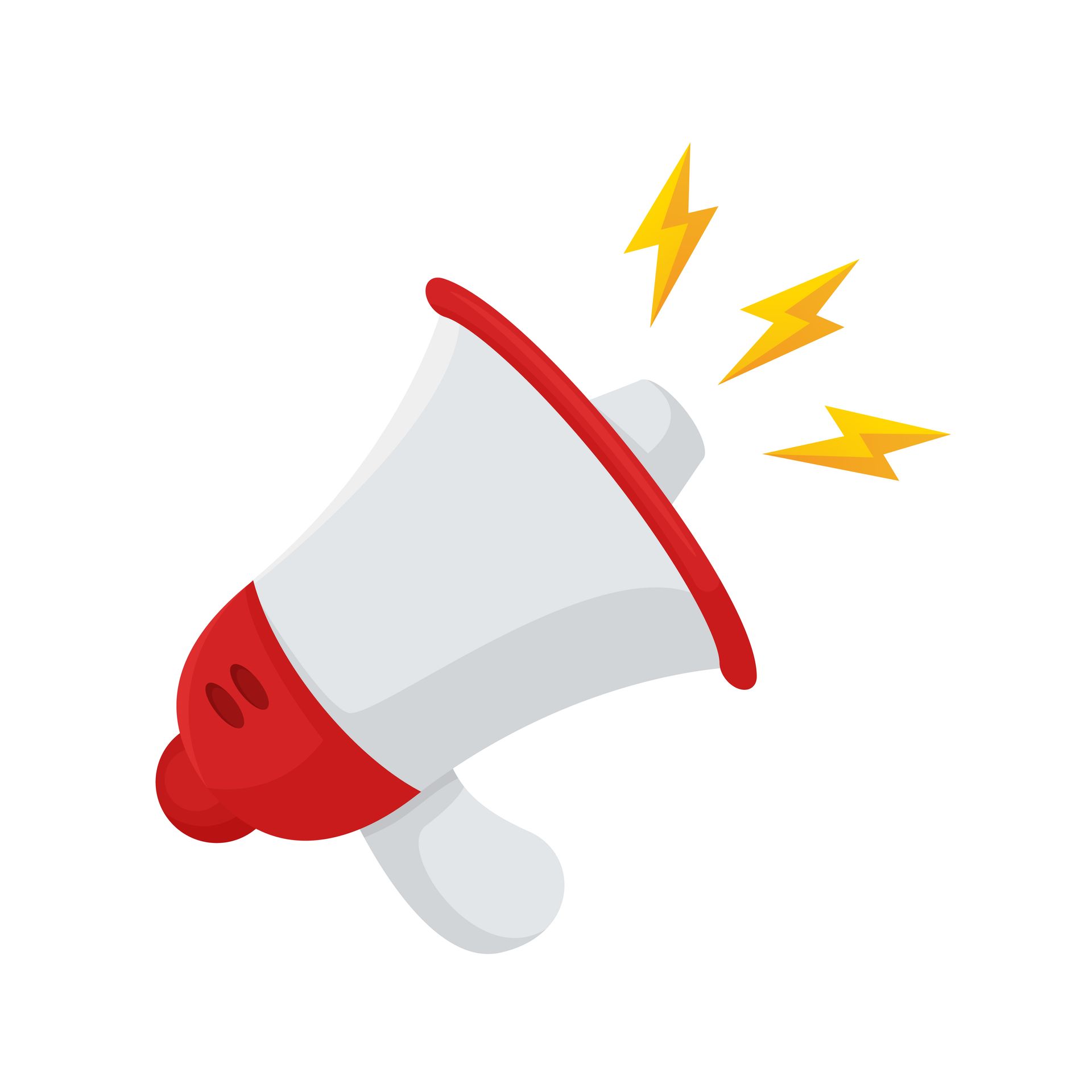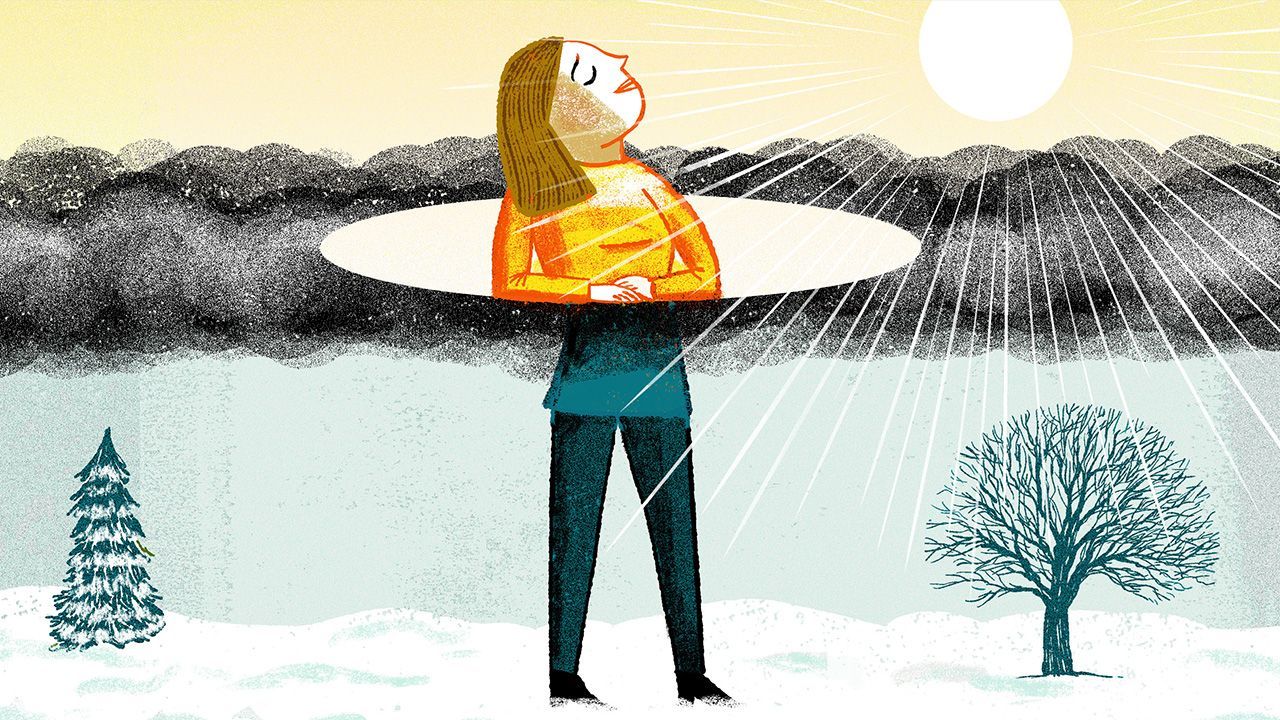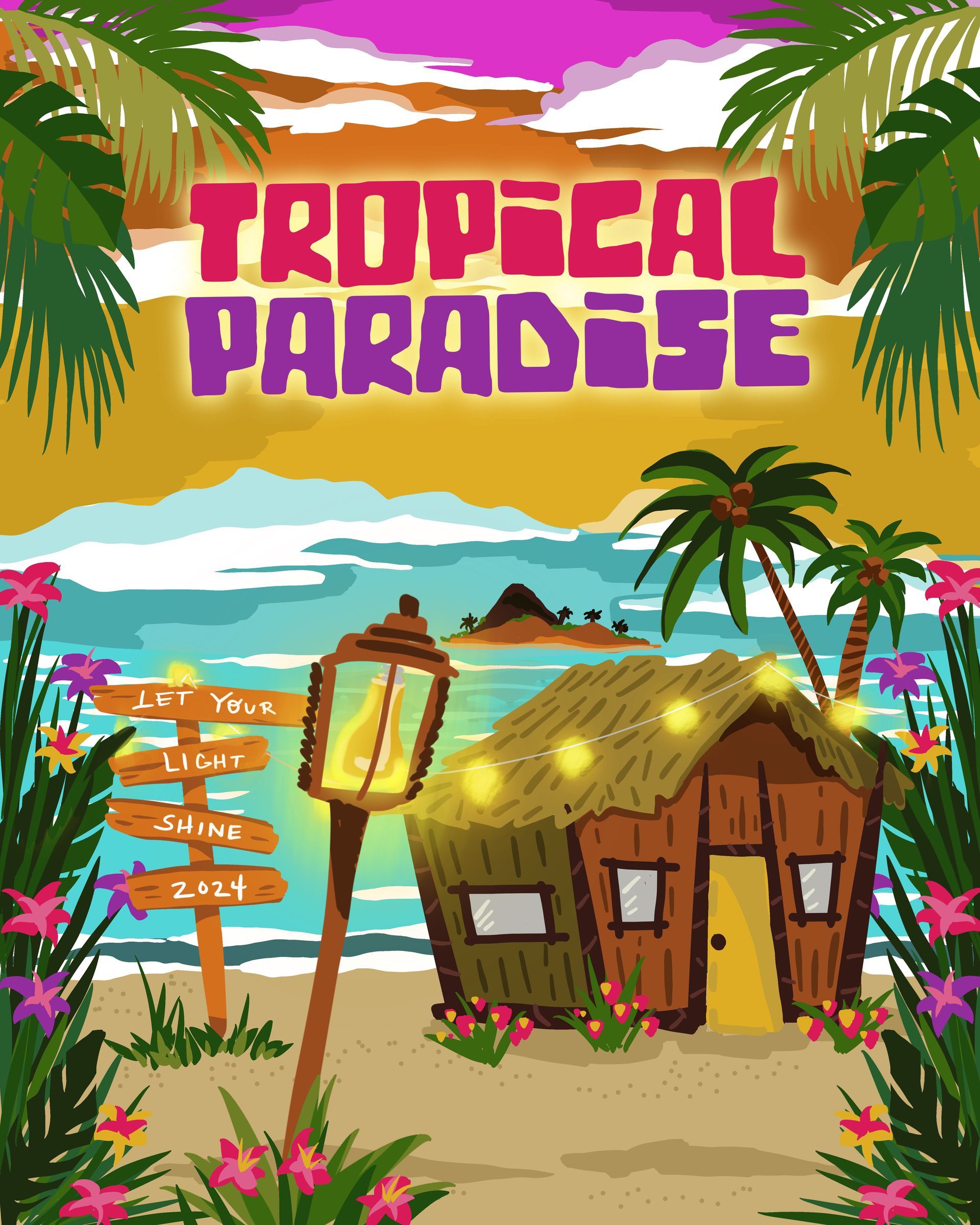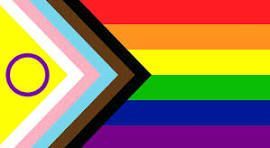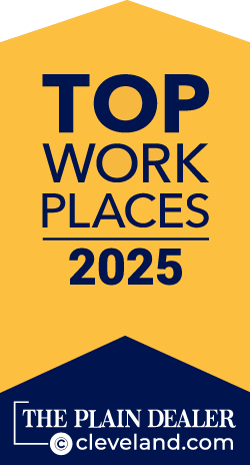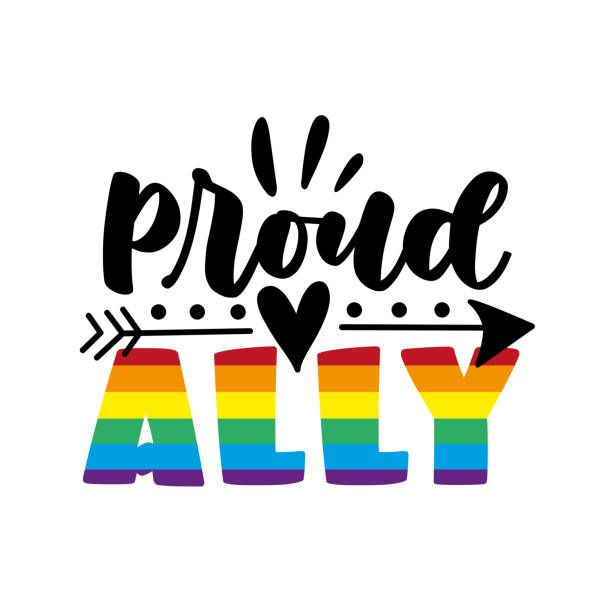
Recently, when I was making plans with a friend, I said that I would not be available on the afternoon of June 10 because I will be at the Stark Pride festival. My friend looked confused and replied, “But you’re straight! Why are you going to a Pride festival?” In a way, she’s right. I am a heterosexual, cisgender female, and because of that I’ve never needed to advocate to openly express my gender identity, felt unsafe expressing affection for my romantic partners, or had to fight for the right to marry the person I choose. That doesn’t mean I can’t support, advocate for and celebrate others who have not had these privileges.
Even if you don’t identify as LGBTQ+ yourself, chances are very good that you know someone who does. A 2021 Gallup poll indicated that 7.1% of adults in the US identify as LGBTQ+1. A 2021 survey of high school students indicated that 24.1% of high school students identified as lesbian, gay or bisexual.
Pride month and Pride festivals are a way of celebrating LGBTQ+ culture, recognizing LGBTQ+ influences throughout the world and raising awareness of political and social issues affecting the LGBTQ+ community. Why should we celebrate LGBTQ+ people? Yes, an argument can be made that people from all demographic groups should be celebrated. But let’s also not forget that all people aren’t treated equally. People who identify as LGBTQ+ are often subject to discrimination, oppression and stigma. A 2022 study found that LGBTQ+ people are nine times more likely than non-LGBTQ+ people to be victims of violent hate crimes3. According to data reported by the FBI Uniform Crime Reporting program, reported incidents of hate crimes targeting LGBTQ+ individuals increased by 70% in 20214 (who knows how many more went unreported). People who identify as LGBTQ+ are at increased risk for being victims of verbal assault, sexual violence, relational aggression and cyberbullying2, 3, 4. They are also more likely to experience problems with mental health5 (such as depression or anxiety), more likely to abuse substances6 and at higher risk for suicide6, 7.
It's not that people who are LGBTQ+ aren’t strong enough or capable enough to handle the challenges they face. It’s that they shouldn’t have to face these challenges alone. Feeling a connection with others is a fundamental human need. We all need to be seen, heard and to have our struggles acknowledged. Similarly, we all long to have our successes, our positive characteristics, and our accomplishments celebrated.
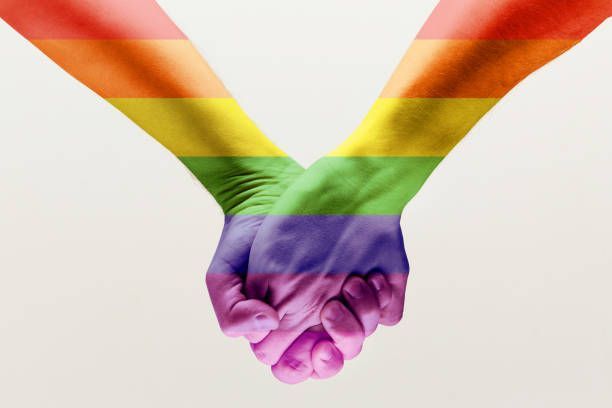

An ally is a person who advocates for or supports a marginalized or politicized group but is not a member of the group. In both my personal life and my professional life as a counselor, I have come to know many LGBTQ+ persons. I don’t have to have experienced their struggles to appreciate the hardship. I can use my privilege as someone who is heterosexual and cisgender to work alongside them toward creating the changes I want to see in the world. I can use my voice and my presence to promote, encourage and honor the beauty that I see them bring to the world.
When a person faces stigma, discrimination and hatred on a regular basis, it is easy for them to believe that is all there is, that everyone shares those views. I want to show my community’s LGBTQ+ residents that there are people here who don’t fit that mold. There are people who welcome, support and enjoy diverse perspectives, identities and lifestyles.
That’s why I go – and will continue to go – to the Stark Pride festival. I hope to see you there!
REFERENCES
- Jones, J. M. (2022, Feb. 17). LGBTQ Identification in US Ticks Up to 7.1%. https://news.gallup.com/poll/389792/lgbt-identification-ticks-up.aspx
- Centers for Disease Control and Prevention (2023). Youth Risk Behavior Survey: Data Summary and Trends Report. Youth Risk Behavior Survey Data Summary & Trends Report: 2011-2021 (cdc.gov)
- Flores, A. R., Stotzer, R. L., Meyer, I. H., & Langton, L. L. (2022). Hate crimes against LGBT people: National Crime Victimization Survey, 2017-2019. PloS one, 17(12), e0279363. https://doi.org/10.1371/journal.pone.0279363
- Federal Bureau of Investigation (2023). Crime Data Explorer. https://cde.ucr.cjis.gov/LATEST/webapp/#/pages/explorer/crime/hate-crime
- National Alliance on Mental Illness (2023). LGBTQI. https://www.nami.org/Your-Journey/Identity-and-Cultural-Dimensions/LGBTQI
- National Institute on Drug Abuse (2023). Substance Use and SUDs in LGBTQ* Populations. Substance Use and SUDs in LGBTQ* Populations | National Institute on Drug Abuse (NIDA) (nih.gov)
- The Trevor Project (2023). Facts About LGBTQ Youth Suicide. https://www.thetrevorproject.org/resources/article/facts-about-lgbtq-youth-suicide/
Mary M. Kreitz, LPC, CDCA has more than 20 years of experience working in the field of behavioral health. She is currently the lead therapist for the Trauma Program at Child & Adolescent Behavioral Health, is a member of the Stark County Trauma and Resiliency Committee, and is a member of the Unity Coalition to Dismantle Racism in Stark County.
RECENT POSTS
